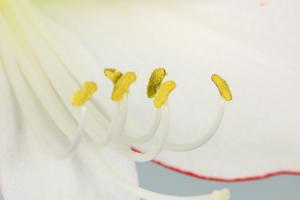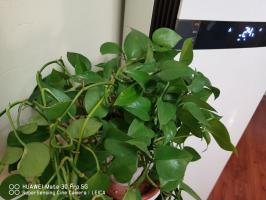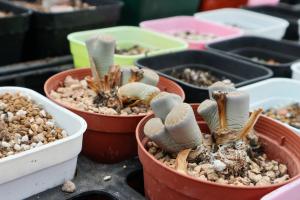Can You Keep Anubias Plants in Their Pots?
Anubias plants are a popular choice for aquarium enthusiasts because of their beautiful, lush green leaves and hardy nature. However, many people are unsure about whether or not these plants should be kept in their pots or planted directly into the substrate of the aquarium. In this article, we will explore the pros and cons of both options to help you make an informed decision about how best to care for your Anubias plants.
Keeping Anubias Plants in Pots
One of the biggest advantages of keeping Anubias plants in pots is that it makes them easier to move around and adjust. If you want to change the layout of your aquarium or move the plants to a different tank, you can simply take the pots out and move them without disturbing the roots of the plants.
Potted Anubias plants are also less likely to be uprooted by fish or other inhabitants of the aquarium. This is because the pots add extra weight to the base of the plants, making them more difficult to dislodge.
The downside of keeping Anubias plants in pots is that the pots can be unsightly and take up valuable space in the aquarium. Additionally, if the pots are not placed carefully, they can block water circulation and prevent some areas of the tank from receiving necessary nutrients and oxygen.
Planting Anubias Plants in Substrate
One of the main benefits of planting Anubias plants directly into the substrate of the aquarium is that it creates a more natural look. The plants can be arranged more organically and will appear to be growing out of the ground rather than being placed on top of it.
Additionally, planting Anubias plants in substrate can help them to establish more fully in the aquarium. The roots of the plants will grow down into the substrate and can draw in more nutrients and oxygen from the water. This can lead to faster and healthier growth.
However, if you decide to plant your Anubias plants in substrate, it is important to make sure that the rhizome (the thick stem that connects the leaves to the roots) is exposed. If the rhizome is buried under the substrate, the plant can rot and die. Additionally, planted Anubias plants can be more easily uprooted by fish or other inhabitants of the aquarium.
Conclusion
So, can you keep Anubias plants in their pots? The answer is yes, but it ultimately depends on your personal preferences and the needs of your aquarium. Potted Anubias plants can be easier to move and less likely to be uprooted, but they can be unsightly and block water circulation. Planted Anubias plants create a more natural look and can establish more fully in the aquarium, but they require careful placement and can be more easily uprooted. Ultimately, the choice is up to you and should be based on what works best for your specific situation.

 how many times do yo...
how many times do yo... how many planted tre...
how many planted tre... how many pine trees ...
how many pine trees ... how many pecan trees...
how many pecan trees... how many plants comp...
how many plants comp... how many plants can ...
how many plants can ... how many plants and ...
how many plants and ... how many pepper plan...
how many pepper plan...































